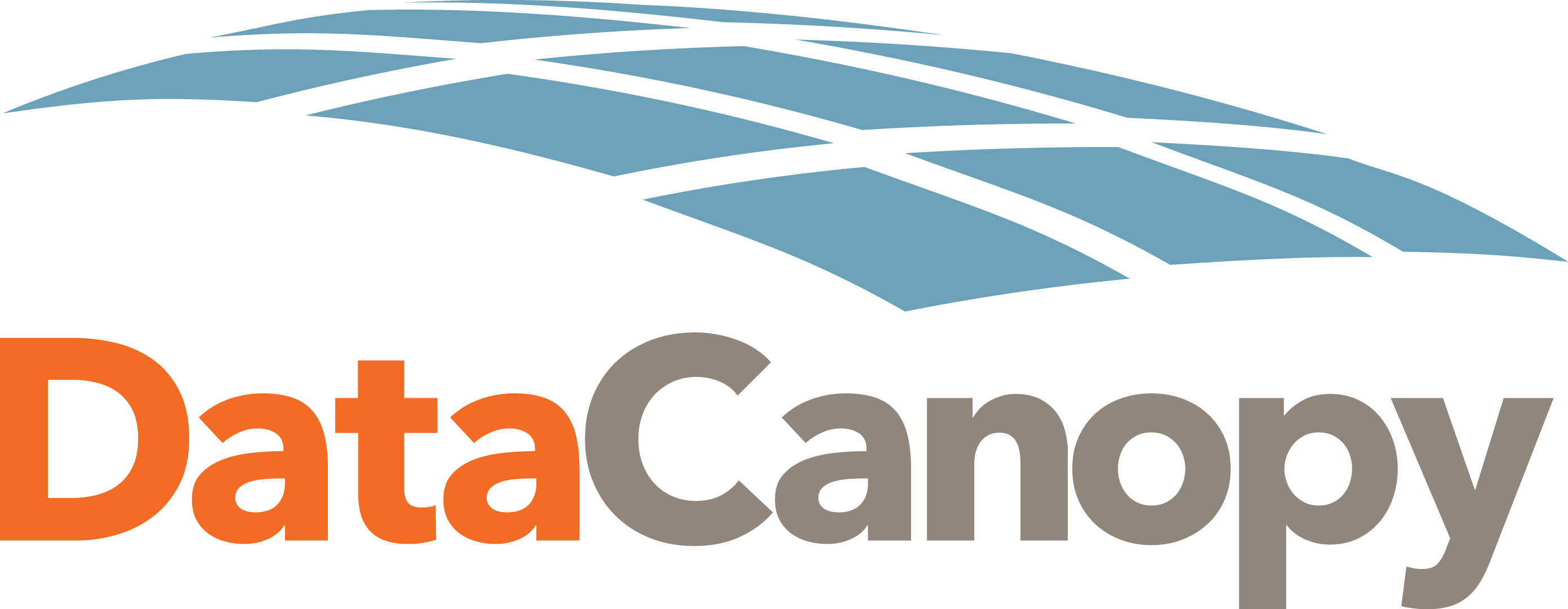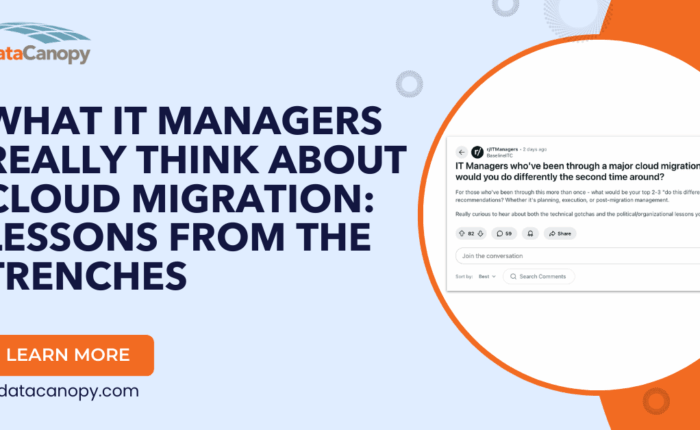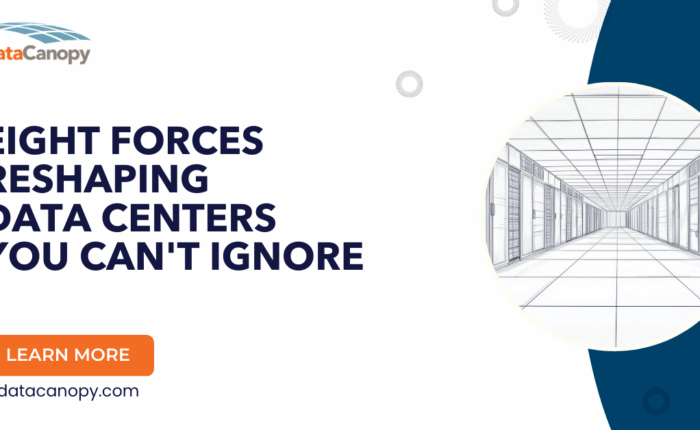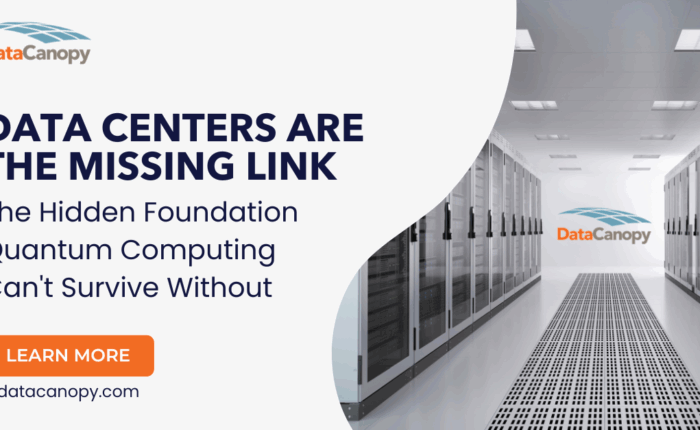As companies consider a move to the cloud, cost is almost always top of mind. There are major factors involved in selecting the proper cloud platform. Your cloud journey must incorporate the most effective strategy for your organization in order to ensure optimized platforms and costs.
Let’s take a look at some of the biggest cost drivers, and ways to make sure you are paying for, and getting, what you need to keep your costs as low and manageable as possible.
- Choosing the Right Cloud Platform– This is often overlooked as obvious; however, many cloud platforms have different features that can make them less or more expensive over time. There are a myriad of factors that impact the best cloud platform. Some examples are the applications in use, the licensing requirements, how the applications are utilized, locations of end users, and many more. Choosing the right platform can impact savings and costs significantly. As an example, Oracle cloud is often the best choice for anything requiring Oracle licensing but can be significantly more expensive for Linux or Windows platforms. The key to selecting the right long-term cloud platform is discovery. While a bit daunting sometimes on the outset, a comprehensive discovery will plan for the migration and future use, while giving you and your team confidence not only in the platform being used, but the team supporting you.
- Service Charges for Migration – There will always be a charge for migration from the existing infrastructure, wherever it may be, to the new platform. This is also of course generally an upfront charge that will be paid all at once or in two installments. It’s critical that you choose a vendor that clarifies this charge. How are delays handled? How will cutover be handled? How will testing be managed? How will unforeseen items be managed? Overages and unexpected costs can add up quick, and if you haven’t asked those questions or performed a thorough discovery, you may quickly rack up a hefty bill.
- Right-Sized Environments – For many reasons companies over allocate resources. Sometimes this is done for peace of mind that resources won’t be overwhelmed, or just because the resources are available, or sometimes sizing needs change based on users and data sizes, retention periods and the like. The best time to review if your resources are over allocated is before you move to the new provider, not after – especially if you are choosing a long-term contract. We’ve found that by understanding usage and not just allocation that right sizing can often save you 20-40% on your cloud bill.
Ultimately, by investing in a thorough discovery process, you will be able to make informed, strategic decisions when it comes to your cloud journey to keep costs down and performance maximized for your environment. If you have questions or are ready to get started, contact Data Canopy today.



